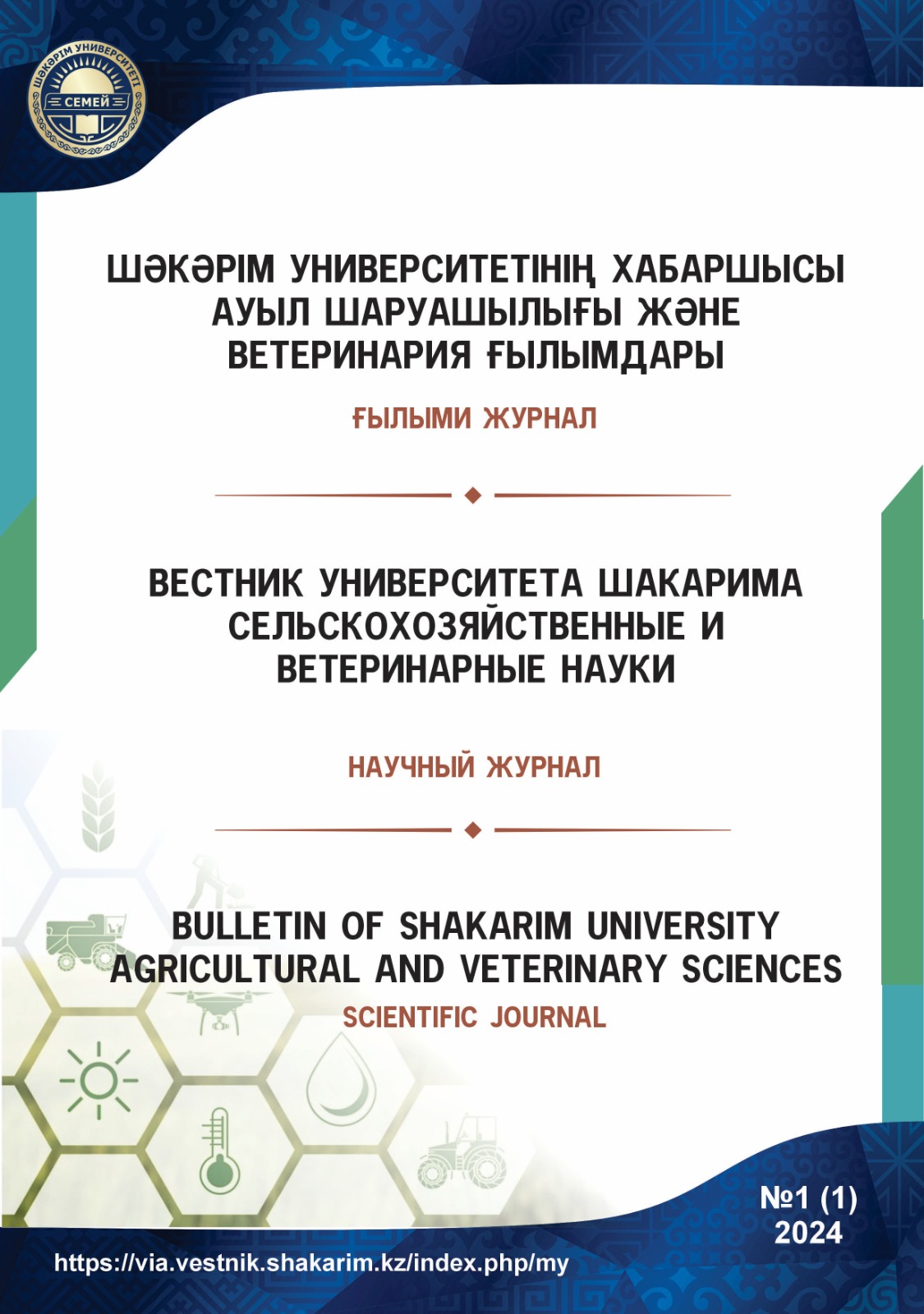AGRICULTURAL PRACTICES FOR REDUCING SOIL ACIDITY IN ARID REGIONS
Keywords:
arid climate, soil acidity, compost, biopreparations, Bacillus, analysis of variance, LSD.Abstract
This study investigates the impact of compost and Bacillus-based biopreparations on soil acidity changes at different depths under the arid conditions of the Al-Asharra region in the Syrian Arab Republic. The experiment included four treatment options: control, compost, biopreparation, and their combination. The study aimed to assess the effectiveness of these agricultural practices in reducing soil acidity, which is crucial for improving the growth conditions of crops in arid regions. Results showed that the greatest reduction in soil acidity was observed with the combined application of compost and biopreparations, confirmed by the data from the analysis of variance (ANOVA). Additionally, the calculation of the least significant difference (LSD) demonstrated statistically significant differences between the various methods of applying the plant-based soil ameliorant and the microbiological catalyst. The data indicate a significant synergistic effect from the combined use of compost and biopreparations. These results can be used to develop recommendations for improving agricultural practices and enhancing the productivity of crops in arid climates, which is particularly relevant for regions with similar environmental conditions.
Downloads
Downloads
Published
Issue
Section
License
Copyright (c) 2024 The editorial staff of the journal follows the copyright law of the Republic of Kazakhstan and relevant international agreements. The authors retain their copyright and provide the journal «Bulletin of Shakarim University. Series of Historical Sciences» right of first publication of the manuscript. The author has the right to copy and distribute the material in any medium and in any format, subject to appropriate reference to the journal. Readers and users can freely copy, distribute and adapt the material, provided that the author of the work is indicated and a link to this journal is provided. Copyright presupposes the integrity and responsibility of each co-author who made a significant contribution to the writing of the article. The author has the right to store his publications in an institutional or other repository of his choice, provided he provides the appropriate link to the journal’s website.

This work is licensed under a Creative Commons Attribution-NonCommercial 4.0 International License.
Copyright presupposes the integrity and responsibility of each co-author who made a significant contribution to the writing of the article.
The author has the right to store his publications in an institutional or other repository of his choice, provided he provides the appropriate link to the journal’s website.




